
© Copyright iLiving International All rights reserved.
iLiving International is wholly owned by iLiving International Limited.
iLiving International is wholly owned by iLiving International Limited.
Disclaimer
Cholesterol often gets a bad rep, but did you know it’s vital for your body to function properly? One of the most common questions people search online is, “How do I lower my cholesterol?” But does everyone need to eat cholesterol-low foods? What’s considered a healthy cholesterol range, and how do ratios come into play? Let’s break it all down and uncover the truth about cholesterol.
Cholesterol is so essential that the body recycles it from excreted bile to ensure sufficient supply. If dietary intake is low, the liver will produce cholesterol to meet the body’s needs. It serves as a building block for the brain, bile acids, vitamin D, sex hormones, and steroid hormones. Cholesterol is also a vital component of cell membranes, helping to maintain their structure and integrity.
Since cholesterol is a fatty molecule, it does not mix well with blood. To transport it around the body, cholesterol binds to lipoproteins, which act as its taxis. The main types of lipoproteins include HDL (high-density lipoproteins), LDL (low-density lipoproteins), and VLDL (very low-density lipoproteins).
Each lipoprotein-bound cholesterol has a specific role in maintaining bodily functions.
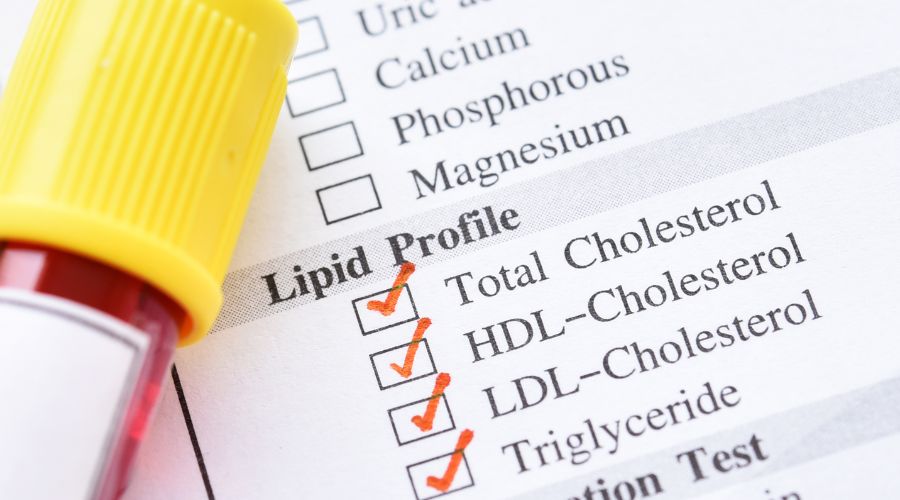
Many doctors will measure total cholesterol levels only but it is not the total cholesterol number that is important, it is the RATIO of the types of cholesterol-bound lipoprotein that is important.
HDL is beneficial as it mops up cholesterol from the body. LDL cholesterol, although required by the body, is prone to oxidative damage. LDL cholesterol can exist in two forms too – larger fluffier LDL cholesterol which is less prone to oxidising or smaller denser LDL which is highly prone to oxidation.
An inflammatory diet high in sugar or refined carbohydrates increases the production of free radicals. These free radicals can oxidise LDL. Also, a diet high in omega-6 fatty acids from vegetable fats such as canola is extremely inflammatory for our body and causes oxidative damage to our cell membranes and cholesterol molecules. Trans fats, found in processed foods like hydrogenated vegetable oils and baked goods, are another harmful dietary factor that exacerbates inflammation and cholesterol-related risks.
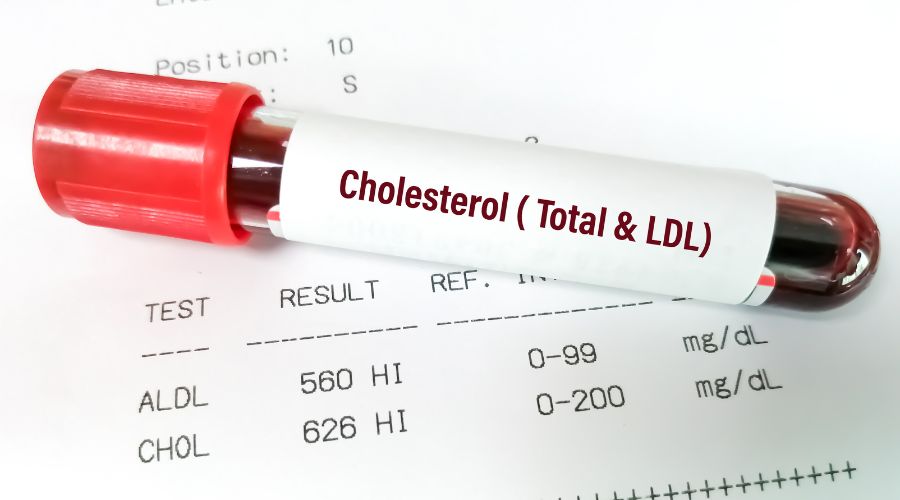
When LDL cholesterol becomes oxidised, it is more likely to adhere to arterial walls. This issue worsens in individuals with chronic inflammation, as damaged blood vessels create a favourable environment for arterial plaque formation. Over time, these plaques can grow, leading to atherosclerosis. If the plaques block coronary or other small arteries, they can cause heart attacks or strokes.
So what happens when we eat a high intake of fat in our diet? Eating a diet high in saturated fats, such as butter or coconut oil, raises LDL cholesterol levels. However, it also increases HDL cholesterol, maintaining the LDL-to-total cholesterol ratio.
Furthermore, saturated fats improve the quality of LDL cholesterol, increasing the proportion of the fluffier, less harmful particles. By contrast, diets high in omega-6 fatty acids increase both HDL and LDL cholesterol levels but promote the formation of smaller, denser LDL particles prone to oxidation.
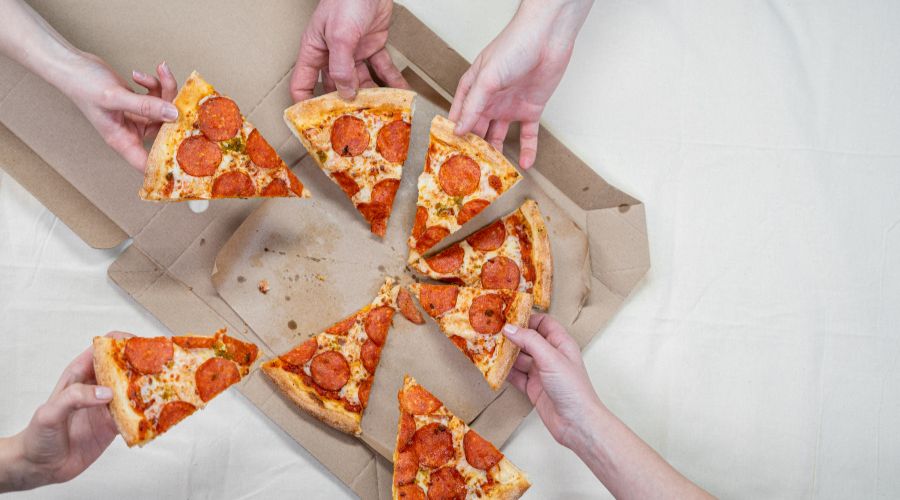
What happens if we eat a “low-fat diet”? Ever wonder why low-fat foods don’t always lead to lower cholesterol?” Well, these diets often replace fat with higher amounts of sugar and refined carbs, which can raise LDL cholesterol, too! Excess sugar is converted into fat in the liver, which also increases VLDL cholesterol. VLDL carries this fat to fat tissue for storage, but it’s prone to oxidation.
Since HDL cholesterol doesn’t increase as much (the body already has enough fat), the ratio of LDL to total cholesterol increases. The smaller, denser form of LDL is more vulnerable to oxidation and can contribute to arterial plaque formation.
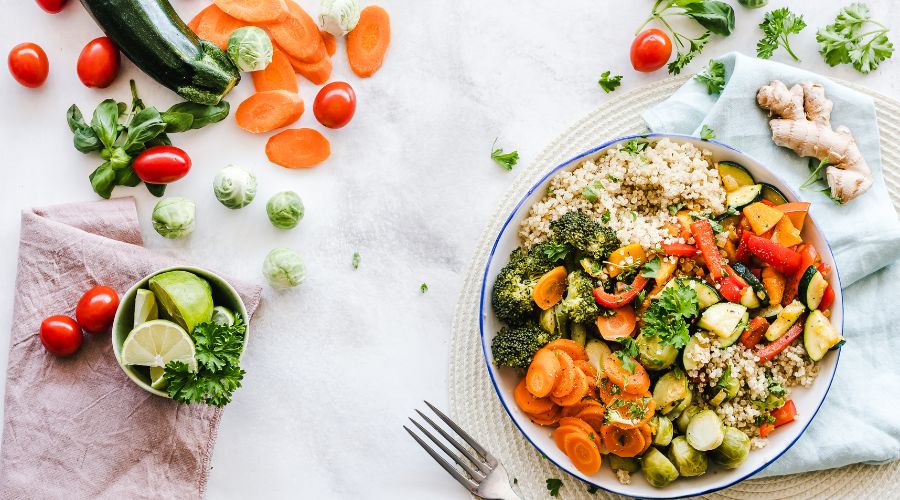
You might have been told to stay away from fats, but here’s the truth: fat is your friend when you choose the right kind! We need QUALITY fats in our diet, just as we need quality carbohydrates and proteins.
It’s especially important for children’s brain development and for supporting a healthy nervous system, even for those with sedentary but mentally active lifestyles.
To get the best fats, focus on:
Avoid omega-6-heavy oils (like canola and vegetable oil), fried foods, and trans fats in processed snacks to maintain optimal health.
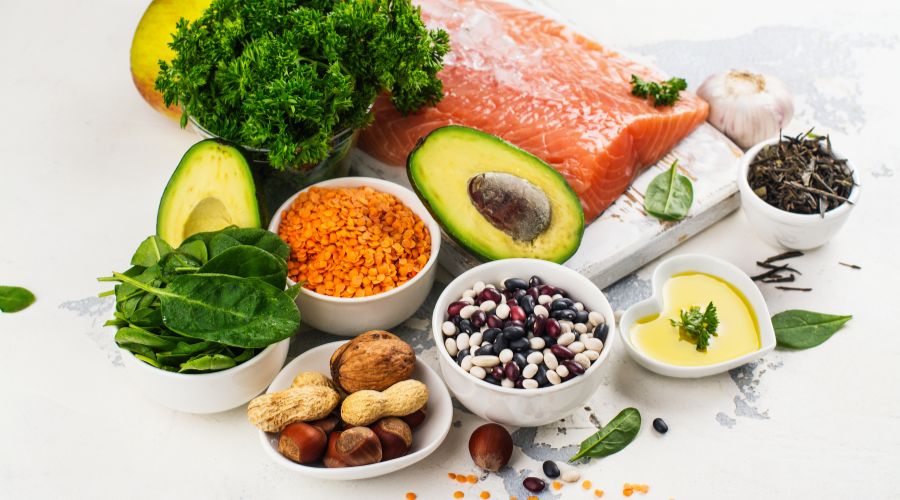
Finally, one person’s medicine can be another’s poison. Through our Bioresonance food testing, we’ve learned that not everyone tolerates certain nuts, seeds, or oils in the same way. Identifying which foods strengthen your body and which weaken it can bring peace of mind and significantly improve your well-being.

We are a wellness centre. Our products and services are not intended to cure or treat illnesses in the conventional sense nor are they intended to substitute for medical services and pharmaceutical products.